Are you aware that wearing your hair every day in ponytails or tight buns brings a condition called traction alopecia? Many women in Mysore are used to tying their hair in this manner.
Due to their hectic routine, it is convenient for them to have their hair in buns or tight ponytails. Still, this convenience damages their hair seriously.
Traction alopecia is a type of hair loss that occurs when you tie your hair too tightly in one hairstyle for too long. Although to hold your hair tying seems convenient, still not understanding its downsides can cause a long-lasting effect on your hair.
In this article, we have mentioned how you can treat and prevent traction alopecia.
How to Treat Traction Alopecia?
Change your hairstyle
You should not try tight hairstyles while having traction alopecia signs. If you must tie your hair, try to keep it loose. Your hair requires some rest; avoid clutches, clips, or bands. Do fresh hairstyles after some days. It will not strain your scalp’s particular area.
Limit chemical usage
Utilize fewer chemicals over your affected hair because the condition will worsen. Instead, use plant-based remedies or cosmetics. It can provide you with better outcomes and safeguard your hair from chemicals.
Hair growth products
Hair growth items will help you with these conditions. Studies indicate that almost forty per cent of individuals utilize minoxidil to regrow hair. You can use minoxidil for traction alopecia after talking about it with your specialist. Further, there are some other ways that you can try to promote your hair growth.
Use anti-inflammatories
Traction alopecia can cause swelling on your scalp, which can be painful. Redness and irritation can happen with swelling. So, you can use an anti-inflammatory cream that decreases swelling and pain. Speak with your hair transplant doctor before having any such medicines.
Seek medical help
Still, if you do not have healthy hair growth after taking precautionary steps for some months, you should get medical help. There may be damage in your follicles, and your hair may not come back to its original self if there is any scarring.
Consult your doctor for treatment. For serious traction alopecia condition, you may require a hair transplant in Mysore.
Now you have learned a few common things you can use to treat traction alopecia, let us discuss few home remedies.
Home Remedies for Traction Alopecia
Add protein to your diet.
Your body needs protein for building hairs. Some dietary protein sources involve eggs, nuts, beans, fish, lean meats, and seeds.
Not every person needs the same amount of protein as it varies based on physical activity and muscle mass.
Increase iron intake
Your body needs iron to grow healthy hair as well. You eat foods like spinach, pumpkin, tofu, seeds, lentils, and white beans if you are facing hair loss.
Aromatherapy
Aromatherapy helps restore your hair growth. Essential oils such as cedarwood, tulsi, thyme, lavender, and rosemary can help treat traction alopecia.
While using essential oils over your scalp, mix few drops into a base oil like coconut oil.
Massage your scalp
Massaging your scalp with oil can help. It stimulates the blood’s flow to your follicles, promoting hair production.
Research showed that four minutes of scalp massage every day could grow thicker hair in six months. You can use your fingertips to massage the scalp in a circular motion or purchase a massage device to perform the work.
How to Prevent Traction Alopecia?
Keep your hair down as it is the right way to avoid traction alopecia. If you have to tie your hair, use a loose hairstyle.
Here are a few things you can do to avoid the condition:
- If it is possible, try new hairstyles every week. This can involve substituting between braids or ponytails
- Avoid tying your hair when it is wet
- Avoid using rubber bands for tying your hair. They pull a lot of hair when untying
- Avoid using chemical hair treatment, particularly if you wear braids or weaves. The chemicals may affect your hair
- Avoid keeping your extensions or weaves for a prolonged time
- Do not use hair relaxers
- If you use a hairdryer, use it at a low temperature
- Avoid sleeping with hair rollers
Your hair will be in a vulnerable position following recovery from traction alopecia as well. Hence, care for your hair after your recovery as well. Use light hair care ways, adopt a healthy diet, and control your stress.

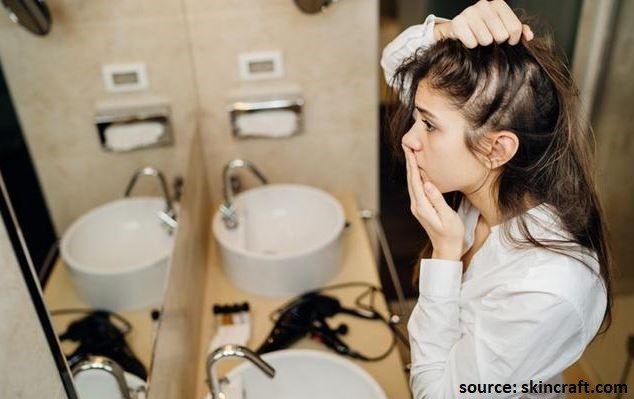

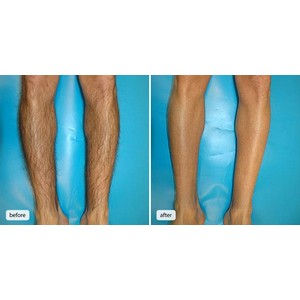
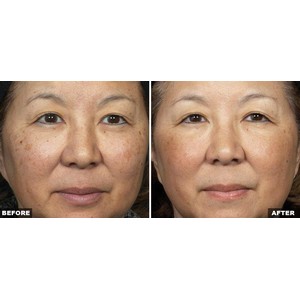
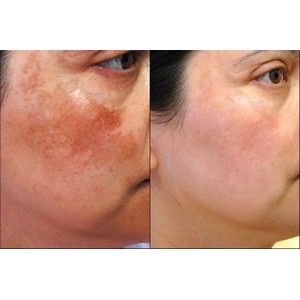

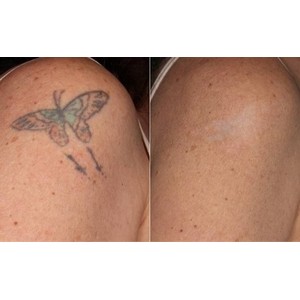
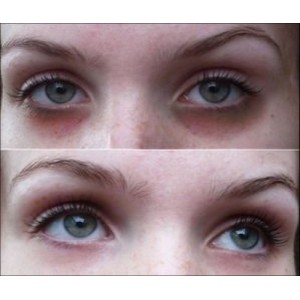
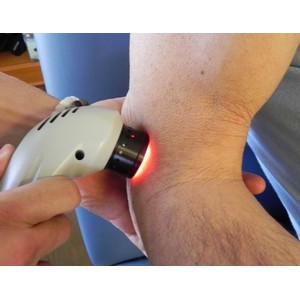

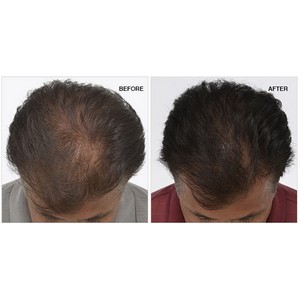
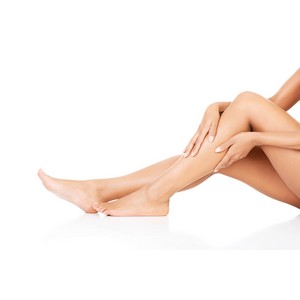
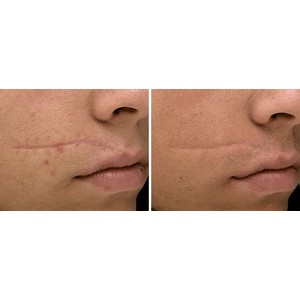
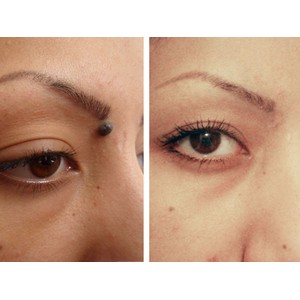
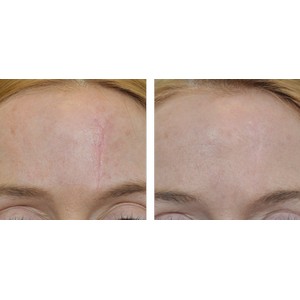
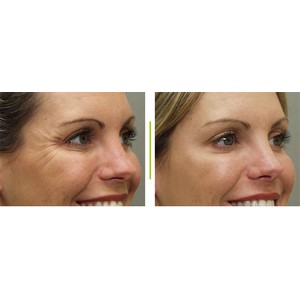
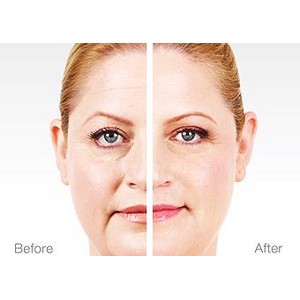
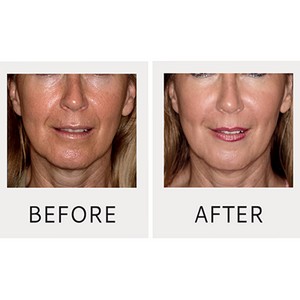
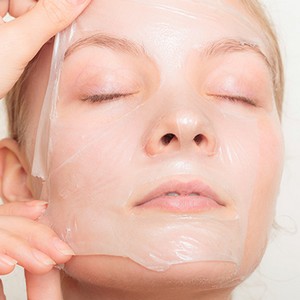
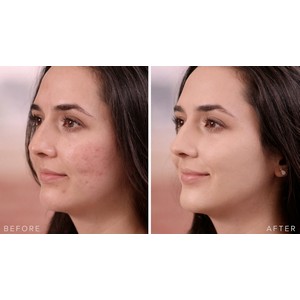
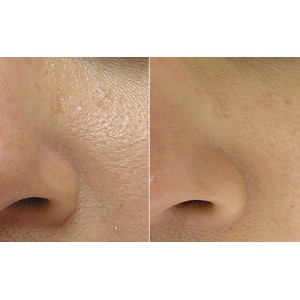


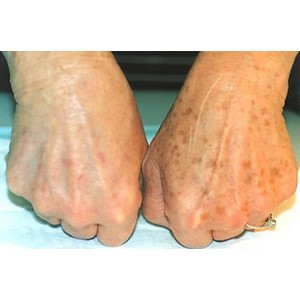
Magnolia
wonderful and fantastic blog site. I actually intend to thank you, for
providing us much better details.
The Stainless
Remarkable blog hope I can see much more of this web content.
Virgil Toups
fantastic as well as fantastic blog site. I truly wish to thank you, for giving us much better information.
Winifred
Hi!
This is my first visit to your blog! We are a team
of volunteers and starting a new
project in a community in the same
niche. Your blog provided us valuable information
to work on. You have done a wonderful job!
Garfield
Superb and also extremely interesting blog.
Will certainly check out much more from now on.
Shari Weedon
excellent as well as impressive blog site. I truly intend to thank you, for giving
us better information.
The Stainless Steel Store
great details for a brand-new blogger … it is really useful.
One Nine Elms
wonderful and outstanding writing. I truly appreciate your initiative.